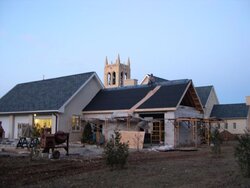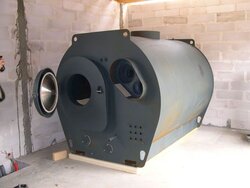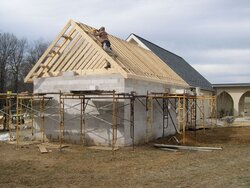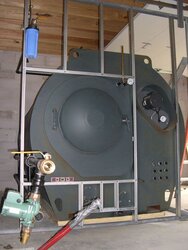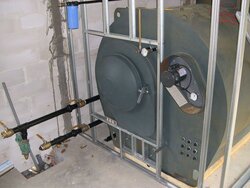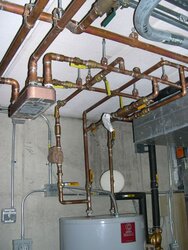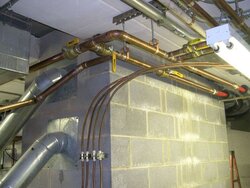Eric Johnson
Mod Emeritus
Looks great!
That's one thing I like about working alone--it forces you to come up with some pretty creative approachs to things like insulating pex lines.
Pretty nice looking boiler room so far.
That's one thing I like about working alone--it forces you to come up with some pretty creative approachs to things like insulating pex lines.
Pretty nice looking boiler room so far.


